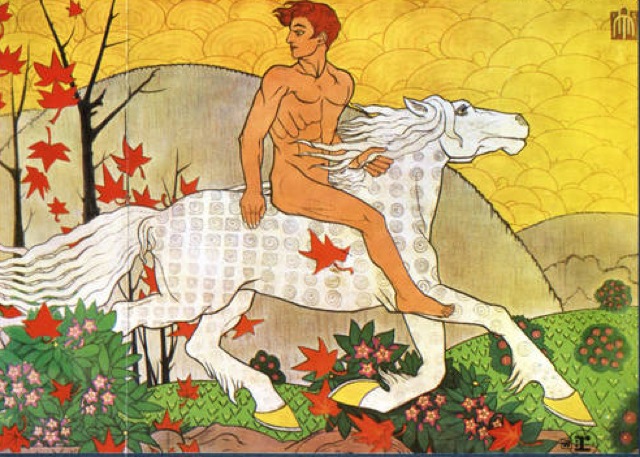...
Ellington at Newport (1956, Remastered 1999 CD)
Personnel, Track listing.
In 1996, a tape was discovered in the Voice of America's archive of its radio broadcasts which changed everything. It turned out that the 1956 album which was produced had indeed been fabricated with studio performances mixed with some live recordings and artificial applause. Only about 40% of the 1956 recording was actually live. The reason for this was that Ellington felt the under-rehearsed Festival suite had not been performed up to recording release standards, and he wished to have a better version on tape if it was to be issued on record. Producer George Avakian did as Ellington asked and the band entered the studio immediately after the festival. Avakian mixed in the studio version with portions of the live performance. The applause was dubbed onto the original release to cover up the fact that Gonsalves had been playing into the wrong microphone and was often completely inaudible.
On the 1999 reissue, the VoA live recording and the live Columbia tapes were painstakingly pieced together using digital technology to create a stereophonic recording of the most well-known Ellington performance of the past fifty years, this time with Gonsalves's solo clearly heard, though the beginning of the audience cheering and noise at around the seventh or eighth chorus of the solo can still be heard as well. (Stereophonic LP records were not mass-produced until 1957, the year after the recording.)
http://en.wikipedia.org/wiki/Ellington_at_Newport#Recordings
Ellington at Newport (1956, Remastered 1999 CD)
Personnel, Track listing.
In 1996, a tape was discovered in the Voice of America's archive of its radio broadcasts which changed everything. It turned out that the 1956 album which was produced had indeed been fabricated with studio performances mixed with some live recordings and artificial applause. Only about 40% of the 1956 recording was actually live. The reason for this was that Ellington felt the under-rehearsed Festival suite had not been performed up to recording release standards, and he wished to have a better version on tape if it was to be issued on record. Producer George Avakian did as Ellington asked and the band entered the studio immediately after the festival. Avakian mixed in the studio version with portions of the live performance. The applause was dubbed onto the original release to cover up the fact that Gonsalves had been playing into the wrong microphone and was often completely inaudible.
On the 1999 reissue, the VoA live recording and the live Columbia tapes were painstakingly pieced together using digital technology to create a stereophonic recording of the most well-known Ellington performance of the past fifty years, this time with Gonsalves's solo clearly heard, though the beginning of the audience cheering and noise at around the seventh or eighth chorus of the solo can still be heard as well. (Stereophonic LP records were not mass-produced until 1957, the year after the recording.)
http://en.wikipedia.org/wiki/Ellington_at_Newport#Recordings

